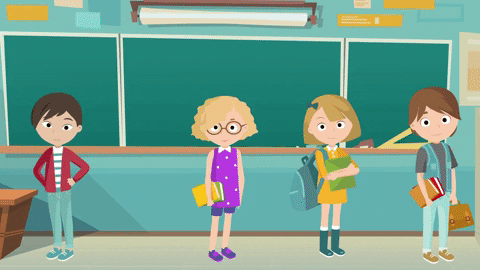5 Important Liquids to Drink in the Morning
by: Maelynn D. Cortez
Hydration is key
Starting your day with a good liquid intake helps to kick-start your body's hydration. Proper hydration is essential for overall health and well-being.
Water
Water is the most important liquid to drink in the morning. It helps to rehydrate your body after hours of sleeping. In addition, water helps to flush out toxins and jumpstart your metabolism. Drinking water first thing in the morning can also help with weight loss efforts.
Lemon Water
Lemon water is a popular choice for a morning drink. It is refreshing and provides a boost of vitamin C. Furthermore, lemon water can aid in digestion and detoxification. It can also help to balance your body's pH levels.
Green Tea
Green tea is a healthy alternative to coffee in the morning. It contains antioxidants and may help boost metabolism. Additionally, green tea can improve brain function and lower the risk of various diseases. It is a great choice for those looking to improve their overall health.
Apple Cider Vinegar Drink
Apple cider vinegar drink is a powerful morning elixir. It can help regulate blood sugar levels and aid in digestion. Furthermore, apple cider vinegar drinks may promote weight loss and improve heart health. It is a potent liquid to kick-start your day.
Smoothies
Starting your day with a nutritious smoothie can provide a burst of energy. You can customize your smoothie with fruits, vegetables, and protein sources. Additionally, smoothies are a convenient way to get essential nutrients in the morning. They can help keep you full and focused throughout the day.
Conclusion
In conclusion, there are many important liquids to drink in the morning to boost your health and well-being. Incorporating these beverages into your morning routine can set the tone for a productive day, from water to green tea to smoothies. Remember to stay hydrated and choose drinks that nourish your body to start your day.





















